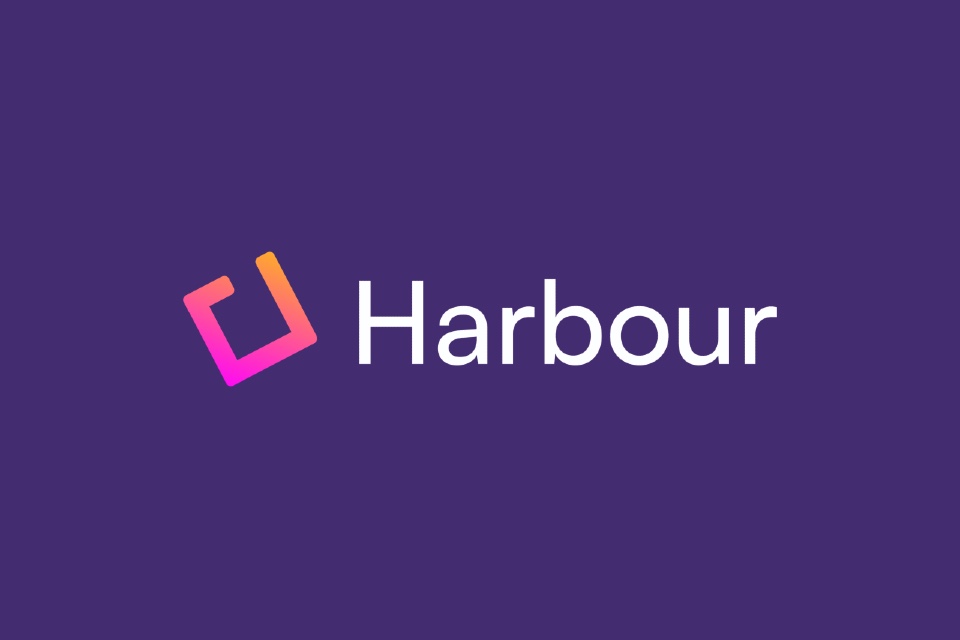Turnover rates for healthcare workers are returning to pre-pandemic levels after massive disruptions during initial coronavirus waves.
A brand new report delves into which healthcare workers in the US are most likely to quit their jobs, finding that health aides and assistants have the highest turnovers.
This was followed by licensed practical and vocational nurses and women with children younger than 5 years old, who have the highest probability of leaving their healthcare jobs.
Hannah Wilkinson, Head of People & Culture at Radar Healthcare said: “High staff turnover can be incremental to an organisation’s service and reputation.
“It can lead to lower levels of patient satisfaction, increase the number of risks to both employees and service users, and make meeting CQC (Care Quality Commission) and Care Inspectorate standards even more challenging.”
Healthcare employers are still grappling with ongoing shortages and issues recruiting and retaining staff two years after the pandemic’s start.
“Implementing the right technology is important, as it can help assist staff turnover issues by increasing efficiency and boosting morale.”
With this in mind, Wilkinson shares how healthcare employers can utilise useful technology to reduce staff turnover in the UK and keep job roles filled, improve communication and ensure workers are recognised for hard work, boosting staff morale:-
- Maintain and track employee training and development
Many workers in healthcare will want to climb the career ladder and receive a sense of accomplishment.
However, like any other job role, this can be supported by employers tracking the training and development of their employees as they progress.
Implementing personal development plans using the right software will help set employees realistic targets to aim for and encourage them to continue progression in that particular role.
- Reduce time spent on administration
Administration is one of the key tasks of a healthcare worker and keeping up can be extremely stressful and time-consuming- particularly in a fast-paced and hectic healthcare environment.
These issues can stem from a range of factors including work overload, a lack of supportive technology, poor communication between healthcare professionals, and other inefficiencies. This can all negatively impact the reputation of an organisation, the quality of care provided, and the CQC ratings.
Technology, especially over the COVID-19 outbreak, has proven to be extremely successful within the healthcare industry. It has shown how embracing paperless methods can improve organisation, boost work ethics and morals, encourage communication, and reduce the number of hours completing admin.
Thistle Healthcare reported that its healthcare workers have been able to save up to 80% of their time from using risk management software offerings, allowing them to focus on the more important elements of their roles.
Poor organisational structures cause worker frustration and burnout, and this can sometimes lead to errors. Therefore having better stress management will further support employees and reduce turnover.
- Preparing for population growth
Whilst resourcing issues in healthcare have long been a problem, particularly during periods of self-isolation, other reasons are summarised in the CQC’s State of Care report:
“There needs to be a new deal for the adult social care workforce that reaches across health and care – one that develops clear career progression, secures the right skills for the sector, better recognises and values staff, invests in their training and supports appropriate professionalisation.”
Skills for Care has predicted that by 2035 the care workforce will need to increase by a minimum of 29% to keep up with the ageing population and demand for new carers.
Therefore it is important that the healthcare sector is as prepared as it can be for this continuous growth. Recruiting the right people with the right skill sets is an important factor and using technology will help you with recruitment, ensuring you are following job description criteria during onboarding processes.
The result is a skilled workforce, along with the assurance that they have the right knowledge to provide quality care.
- Streamlining the onboarding process
It’s in both the new starter and the organisation’s best interests that your onboarding process is as quick and efficient as possible. Using the right technologies will help you show your new team member the ropes, giving them the confidence that they have the right tools and information to provide the best care possible.
Implementing digital adoption tools, such as built-in guides, alongside automated processes and workflows will help provide the guidance and assurance your team needs to follow regulatory guidelines.
- Ensuring staff safety
As many as 4 in 10 patients are harmed in primary and outpatient health care worldwide, with up to 80% of this being avoidable harm.
However it isn’t just patient safety that is at risk across the healthcare sector, and recording concerns, claims, accidents, and complaints about safer working is extremely important when it comes to retaining staff.
Whilst recording is important, what happens afterwards and ensuring to address staff involved is important in helping them understand the outcome, as well as helping with morale if they’ve made a real impact.
Ideally, employers should want to reduce the need to log into several systems or use paper and excel spreadsheets.
Radar Healthcare’s analytics engine, complete with AI & machine learning, gives staff access to up-to-date data to help make informed decisions quicker and allows staff to set alerts to be triggered when something may be wrong, so actions can take place by appropriate staff to ensure the quality of care is improved.





